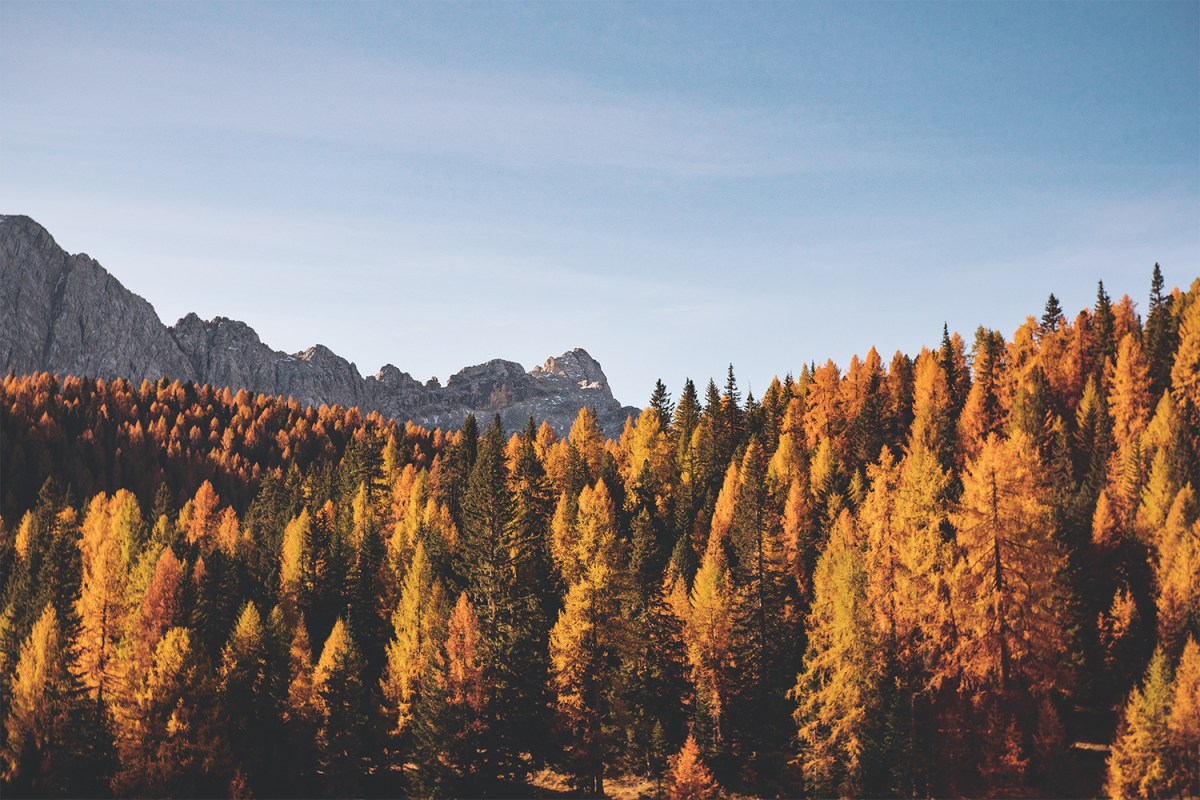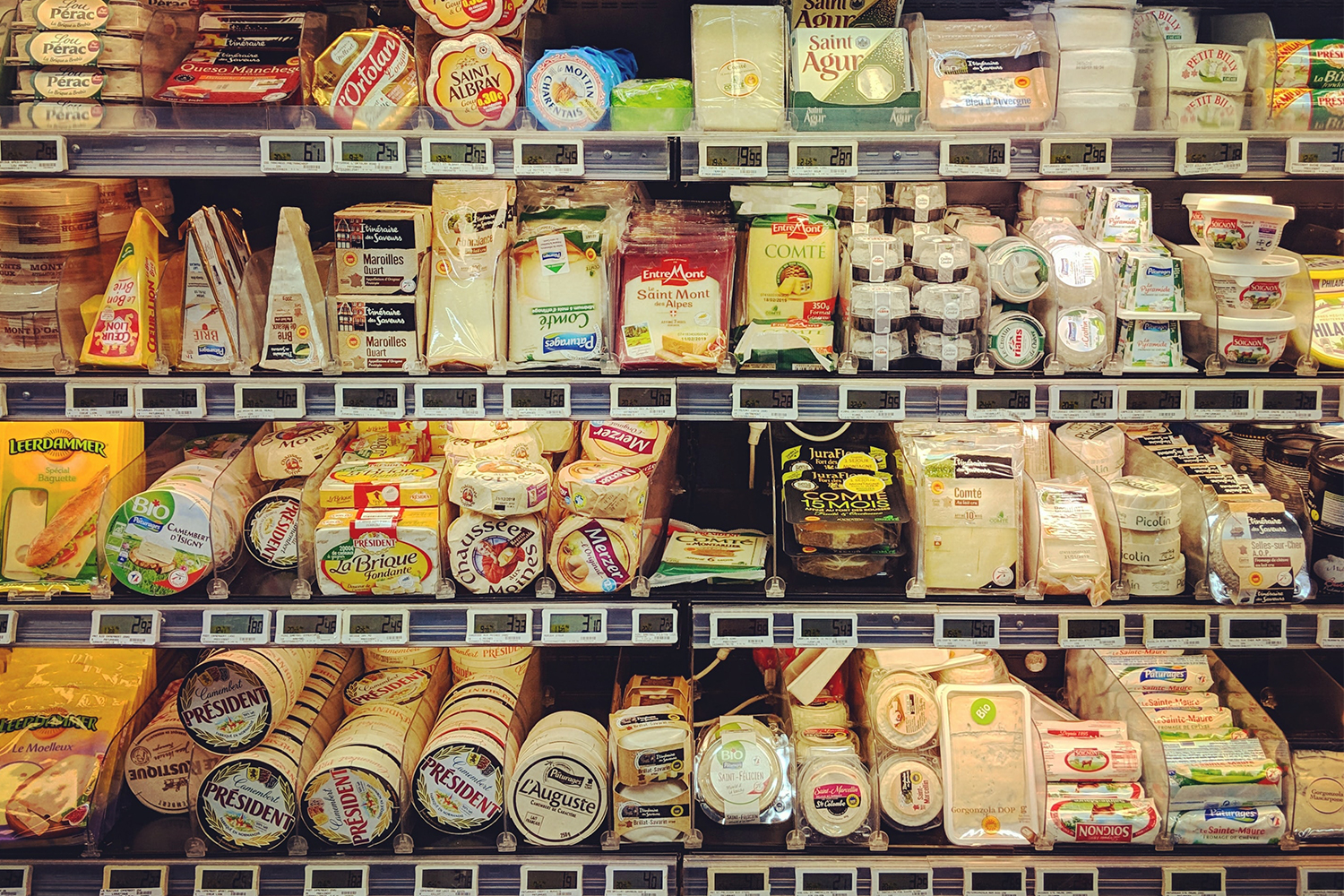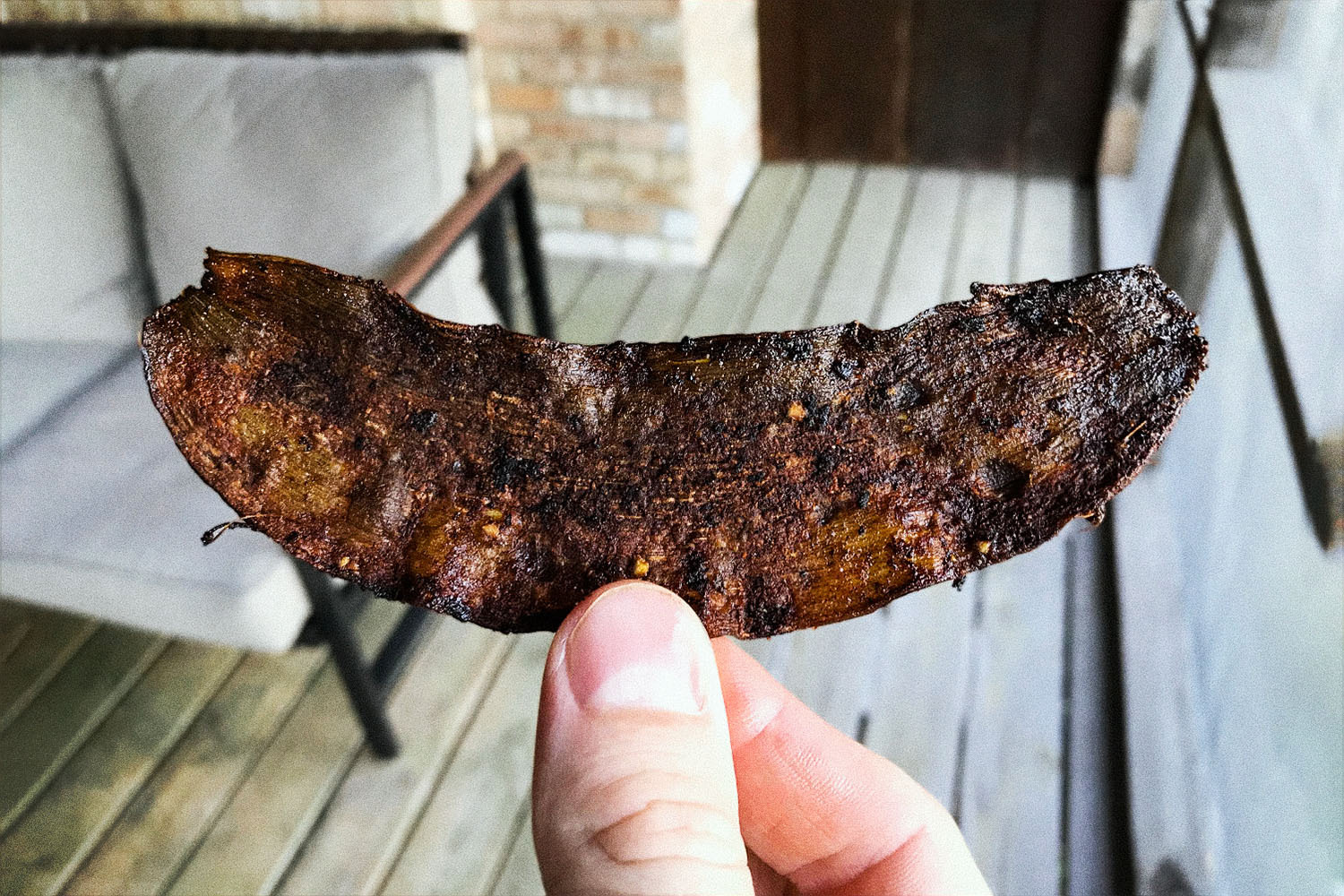In early August, the leading organization tracking human-caused climate change released a harrowing report about what to expect in the future. Not far in the future, mind you, but in your lifetime. You’ve probably read some of the latest findings from the U.N.’s Intergovernmental Panel on Climate Change, or at least seen some bullet points from various news outlets, including that all the climate-related disasters we’re living through right now — wildfires, droughts, storms, heat waves — “will continue to worsen for at least the next 30 years.” And if we don’t take drastic action now, what we’re experiencing today, which can often seem dystopian, will become much, much worse.
Which leads to the question: Why haven’t we all become climate activists in the last month? If reports like this aren’t enough to galvanize regular people on a large-scale political and social level as well as on a personal level — from stopping new pipelines to cutting out meat and dairy from our diets — what will?
What about the end of fall foliage as we know it? No, seriously. There’s a reason you’ve heard the phrase “climate anxiety” so often in the last few months; regular people aren’t equipped to process the onslaught of world-ending scenarios. (And we’re not being hyperbolic here — those who are victims of wildfires and hurricanes made more devastating by climate change have seen their normal lives ripped away in an instant.) But maybe the demise of leaf peeping, of our current vibrant palette of autumnal treescapes, is emotionally resonant enough to drive people not just to action, but action that can be sustained for longer than a desperate tweet or Instagram post.
Every year the changing of the leaves from green to shades of red, yellow and orange is a little different. That’s to be expected. But due to the many-headed beast that is climate change, those changes are going to become much greater, potentially altering the fall season as we know it.
“They call autumn the understudied season — so much work in this space has been done on how climate change affects spring, flowering, bud burst, etc. so only now are we seeing a real push to get a hold of implications of climate on fall seasonality,” Stephanie Spera, assistant professor of geography and environment at the University of Richmond, tells InsideHook. Spera is included in that push, as she is currently studying how the date of peak fall foliage at Acadia National Park might be changing as a result of climate change.
“Basically what we’ve found is that fall foliage is about a full week later now than it was in the 1950s, and trending about a day later a decade,” she says. “And, right now, we’re trying to tease apart what exactly might be contributing most to the delays (is it fewer cold nights in September, warmer summers, etc).”
Elsewhere in the country, those contributing factors are being nailed down. As CNN explains, the widespread drought currently affecting a huge swath of the U.S. can lead to leaves turning brown and falling off much earlier than normal, or even simply taking on more muted colors throughout the season. On the opposite end of the spectrum, if there is more rainfall, as has been the case in the Northeast’s changing climate, then there can be a delay in fall colors, as Harvard Magazine explained. (Though, as Spera notes, the “extreme precipitation events” we’re seeing more of can also knock leaves off trees.)
The changes are unfortunately not limited to dull colors and moving timeframes. As the Washington Post reported last October, a warmer climate is a boon for many invasive species — from shrubs that can take over forests of oak, maple and aspen to pests that can decimate the best and brightest of autumn — and changing local climates can also lead to a reorganization of trees, with some moving up slopes as the heat increases, leading to other species being pushed out. In fact, the non-native insects that thrive in hotter temperatures are “the really scary scenario of a warming climate,” as Richard Primack, a biology professor at Boston University, told Harvard Magazine.
“Insects like the emerald ash borer are decimating ash trees, which are beautiful in the fall; gypsy moths defoliate huge swaths of deciduous forests each year — and gypsy moths’ range is expected to increase with a changing climate,” says Spera. “And that’s the problem with climate change in general, regardless of the scale we’re talking about — it’s a threat multiplier because it just compounds all of these issues that already exist.”
All of this is likely to cause much hand-wringing at the various New England tourism bureaus and other fall foliage destinations, but more importantly, this will be particularly distressing for anyone who derives their sense of place from the changing of the leaves or finds some sort of mental reprieve in the autumn season — which is to say, just about everyone.
If you live in the Catskills or the North Shore of Lake Superior or New Mexico or anywhere where the fiery hues of fall are a defining factor of the place you call home, climate change should be personal for you. If you’re an alumni of a college that welcomes students to campus every year with leaf-strewn walkways among ivy-covered buildings, this should be personal. If you can’t imagine New York City without, as the song goes, “Central Park in fall,” whether you’re a lifer or a lifelong lover of movies and books about the city, then this should be personal. Even if you simply find solace in taking an annual trip to a cabin among sugar maples and black gums or strolling through a park with a Pumpkin Spice Latte (oh, apologies, Apple Crisp Macchiato), this should be personal.
“I actually think this is the venue through which we can talk to all people, regardless of political ideology, about climate change,” says Spera, “‘You remember this amazing, formative experience you had in Acadia every fall, or on fishing trips with your dad every spring, camping with our scout troop — don’t you want to be able to share that with your children, and for them to be able to share it with their children?’”
I understand completely that the potential downfall of a reliable romantic landscape is certainly low on the level of priorities in our fight for a habitable future, but that doesn’t make it unimportant. In fact, these types of under-the-radar changes that would upend our sense of place — which include many other things, like state birds being driven out of their home states — may just be the catalysts some people need to be pushed from complacency into action or, conversely, pulled back from desperation into action.
People spend so much time and money and effort fighting for the things that make their home what it is — keeping mom-and-pop shops open, donating to their alma mater, supporting the local sports teams, repping their hometown on T-shirts or tattoos — so why not fight for fall foliage?
Spera mentions a book she’s teaching in one of her classes, Under the Sky We Make by climate scientist Kimberly Nicholas, and leaves me with this quote from it: “Humans need a personal, physical connection to natural places to feel our most alive and grounded … We need this direct experience with nature, with our fellow life in the place where we live, to understand the web we’re a part of and to start to embrace our responsibilities of care in turning from exploitation to regeneration of the living world.”
When you take your inevitable fall trip, even if it’s just a weekend drive to an apple orchard, give that some thought. When you’re actually there looking up at a ceiling of crisp autumn leaves of burgundy, bronze and gold, that maybe seem not quite as crisp or colorful this year, what previously seemed inconsequential may just seem a little more vital.
This article appeared in an InsideHook newsletter. Sign up for free to get more on travel, wellness, style, drinking, and culture.



















